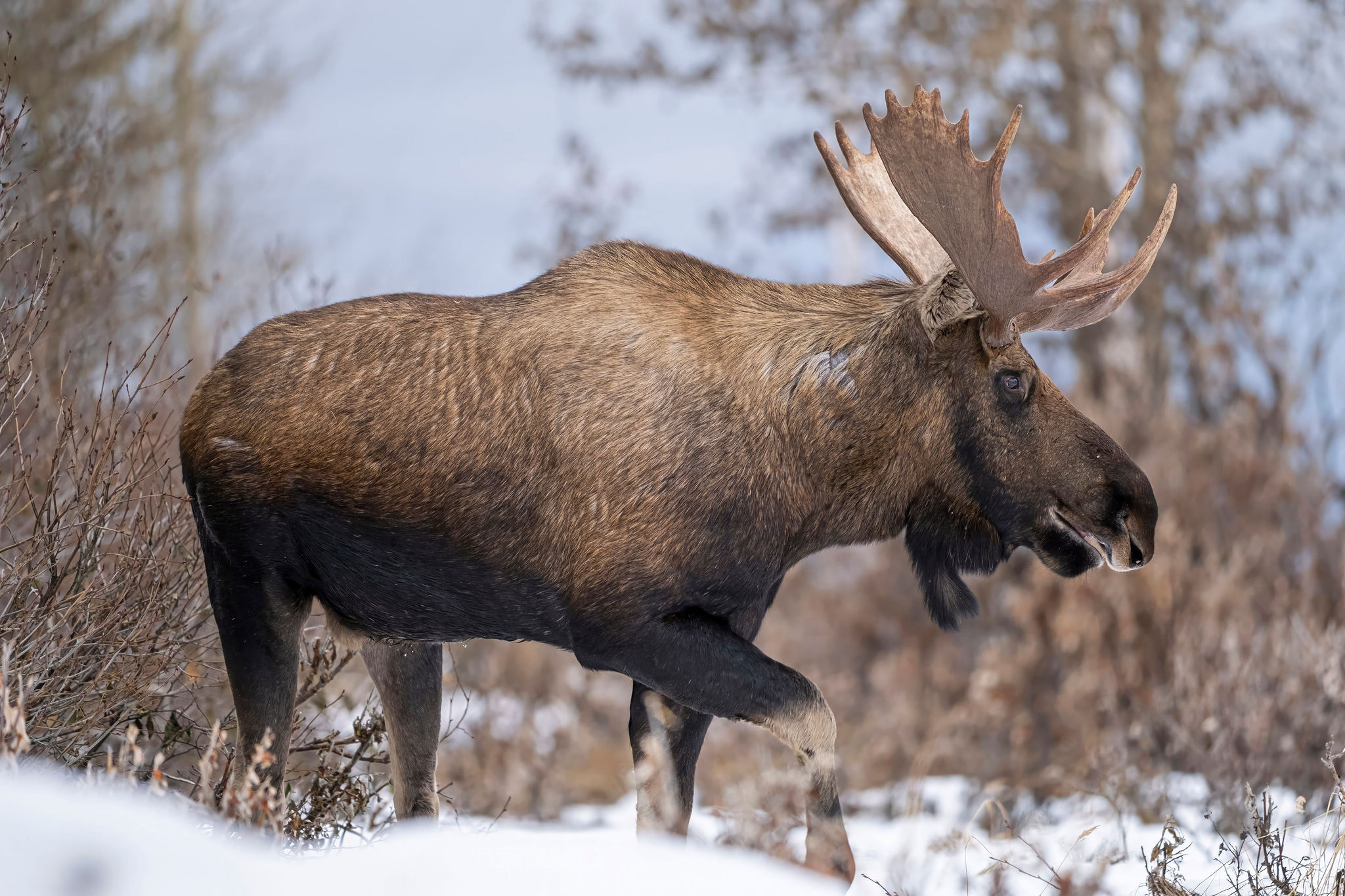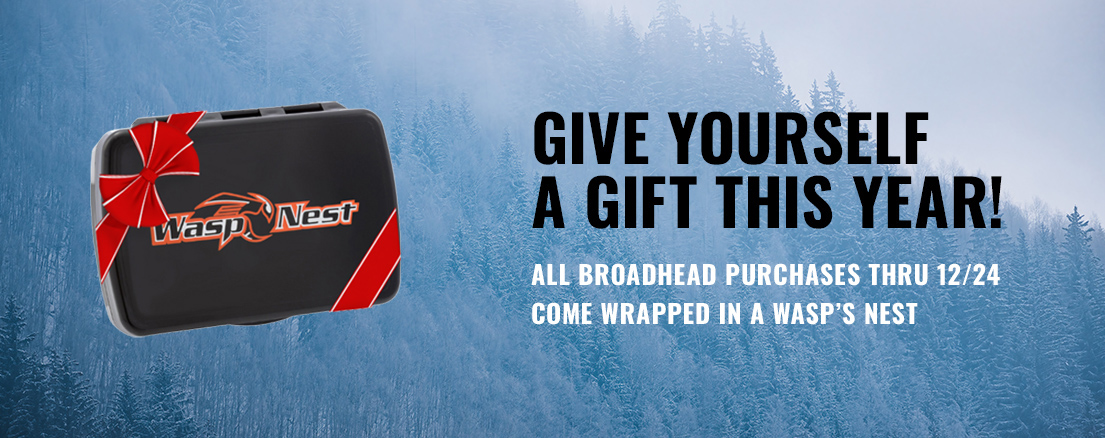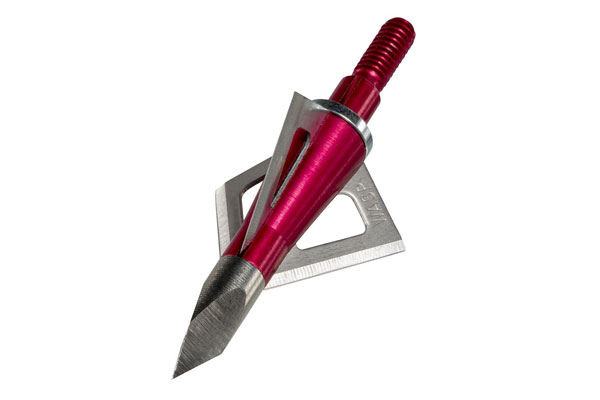SHOT CLINIC 101: The Shoulder Shot
Many bowhunters fear the shoulder shot, but understanding the anatomy is the key to avoiding heavy bone
Most experienced bowhunters have at least one sad tale of a lost animal due to a hit in the shoulder. The shot initially looks good, but the arrow is stopped cold by heavy bone that impedes penetration. There’s little blood to follow and the animal usually survives with a superficial wound.
Despite that, some bowhunters still prefer to aim right at the shoulder, following the front leg up to the “Vital V” area on a broadside animal. They claim that this is the quickest path to the heart and the major vessels of the pulmonary system, and that such a hit will bring down even the biggest game animals within seconds.
So, for the less experienced bowhunter, the question then becomes, should you aim right for the shoulder, or well behind it? There are definite pros and cons to both approaches, so let’s dig in.
BEWARE THE BIG BONES
Several of the heaviest bones in a big-game animal’s skeletal system are found in the front leg including the scapula (shoulder blade), humerus, and radius. Even on smaller animals such as southeastern whitetails and antelope, these bones can stop a broadhead and arrow, particularly from a low-energy setup. On larger game such as elk or moose, these bones are almost impossible to penetrate with archery gear, regardless of the setup.
The problem places are on the lower, forward portion of the shoulder (many hunters call it the point), where the scapula, humerus, and radius all join together. These union joints are heavy and solid, like your own elbow. If you hit them on the nearside on a broadside animal, you may not get more than superficial penetration, and without a follow-up shot, that animal is probably lost. Same goes for a quartering-away shot, although from that angle you should be aiming at the shoulder crease, or several inches behind it, depending on the angle’s severity. Hitting those bones or close to them on the opposite shoulder should actually be the goal when taking a quartering-away shot. You may not get a pass-through and your arrow will be broken, but your trophy won’t run far.
Really, the shoulder bones present the biggest risk on a quartering-to shot, which is the primary reason why that angle is so controversial among many hunters. From that angle, you should aim just forward of the shoulder bones, where they meet the base of the neck, for the fastest kills. Shooting behind the shoulder point will often result in a single lung or liver hit, and an animal that’s difficult to recover. A precise hit on a small target is required for a quartering-to shot to work quickly, and so distances are best kept close. But for confident, experienced archers, it’s not a difficult shot.
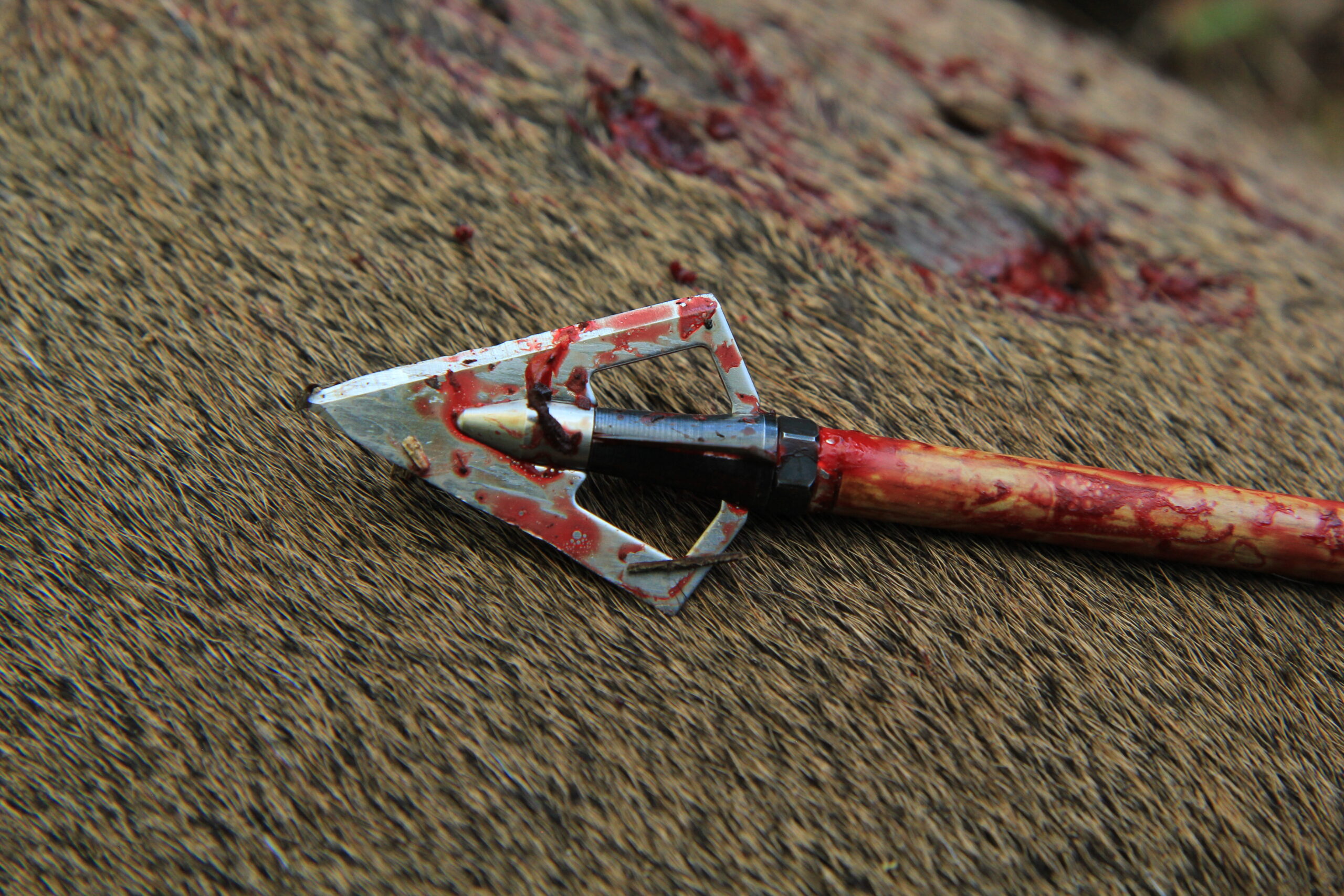
This Wasp Sharpshooter 200 is still intact after burying into the offside shoulder of a whitetail doe with a 55-pound recurve bow.
FINDING THE VITAL V
If you study the anatomy of a deer’s skeleton, you’ll see that the unions and angles of the shoulder bones actually create a “window” right to the heart and lungs that’s unobstructed by heavy bone. Some hunters call this spot the “Vital V.” On a broadside animal, simply draw a line from the front leg to about 3 inches above the elbow. Hit that, and the arrow is likely to zip through the animal without touching anything heavier than rib bones, and your deer probably won’t make it out of sight. If the shot’s a little high, the bottom edge of the scapula is thin and relatively easy to penetrate. If it’s a little back, you’ll be right on the crease, and still get both lungs. The risk is in hitting too far forward, or too low, which puts the broadhead in contact with the heavy bones mentioned above.
THE CONSENSUS
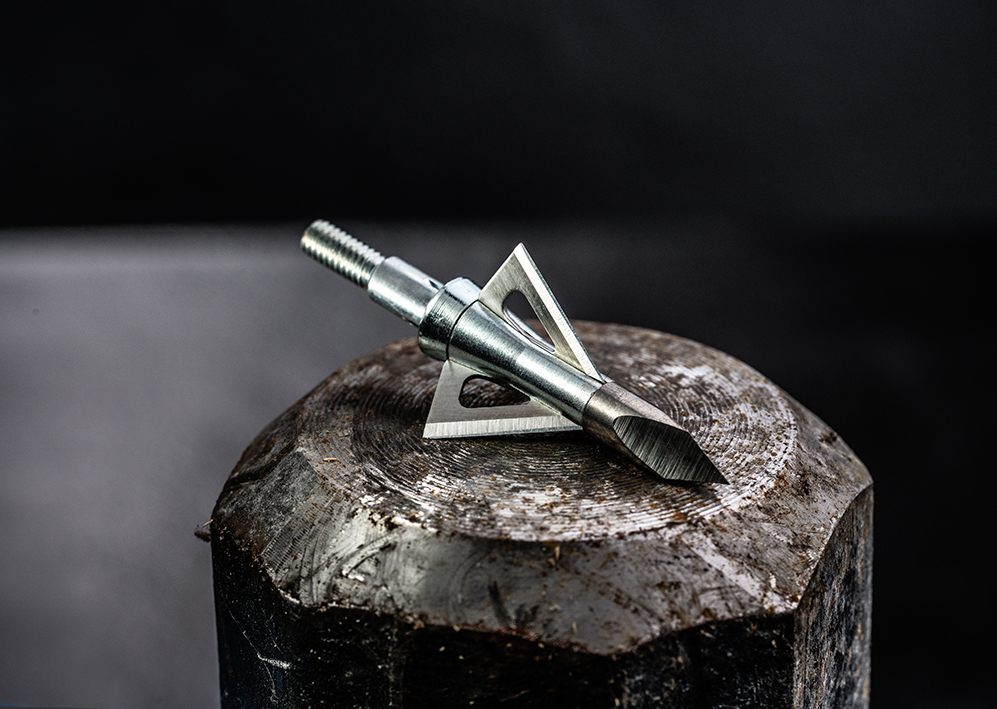 If you hit the Vital V or the shoulder crease either one on a broadside animal, chances are very high that you have an easy recovery and some skinning chores ahead. In other words, both are very good places for bowhunters to aim.
If you hit the Vital V or the shoulder crease either one on a broadside animal, chances are very high that you have an easy recovery and some skinning chores ahead. In other words, both are very good places for bowhunters to aim.
But if aiming near the shoulder bones is your preference, and especially if you’re comfortable with quartering-to shot angles, then a tough, low-profile fixed-blade broadhead is probably your best bet. It’s hard to go wrong with any of the fixed-blades in the Wasp Archery lineup, but the 1-inch Sledgehammer, which weighs 150 grains and has a stainless-steel ferrule and trocar tip, is designed specifically for deep penetration.
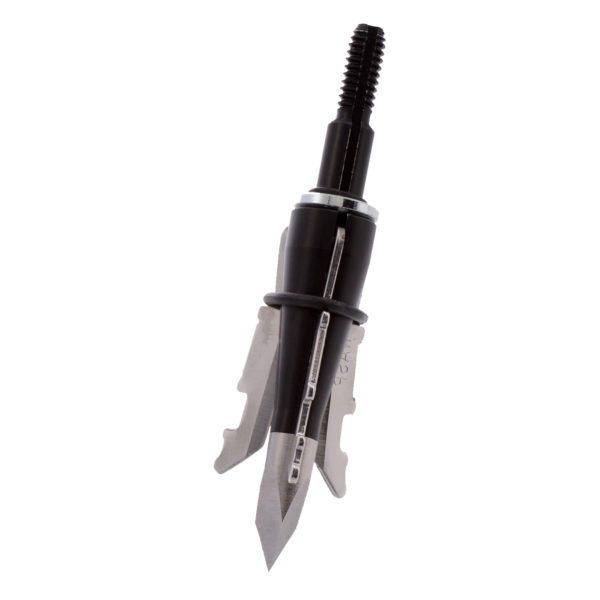 If you prefer to aim a bit farther back, near the shoulder crease, then the big cutting diameter of one of our premium mechanical broadheads, such as the 1 3/4-inch 3-blade Jak-Hammer, can provide devastating results, with huge holes, a massive cutting surface, and more than adequate penetration.
If you prefer to aim a bit farther back, near the shoulder crease, then the big cutting diameter of one of our premium mechanical broadheads, such as the 1 3/4-inch 3-blade Jak-Hammer, can provide devastating results, with huge holes, a massive cutting surface, and more than adequate penetration.
Either way, it’s meat in the freezer.
— Moose image by John Hafner; story and broadhead photos by Wasp Archery Staff
View All Posts